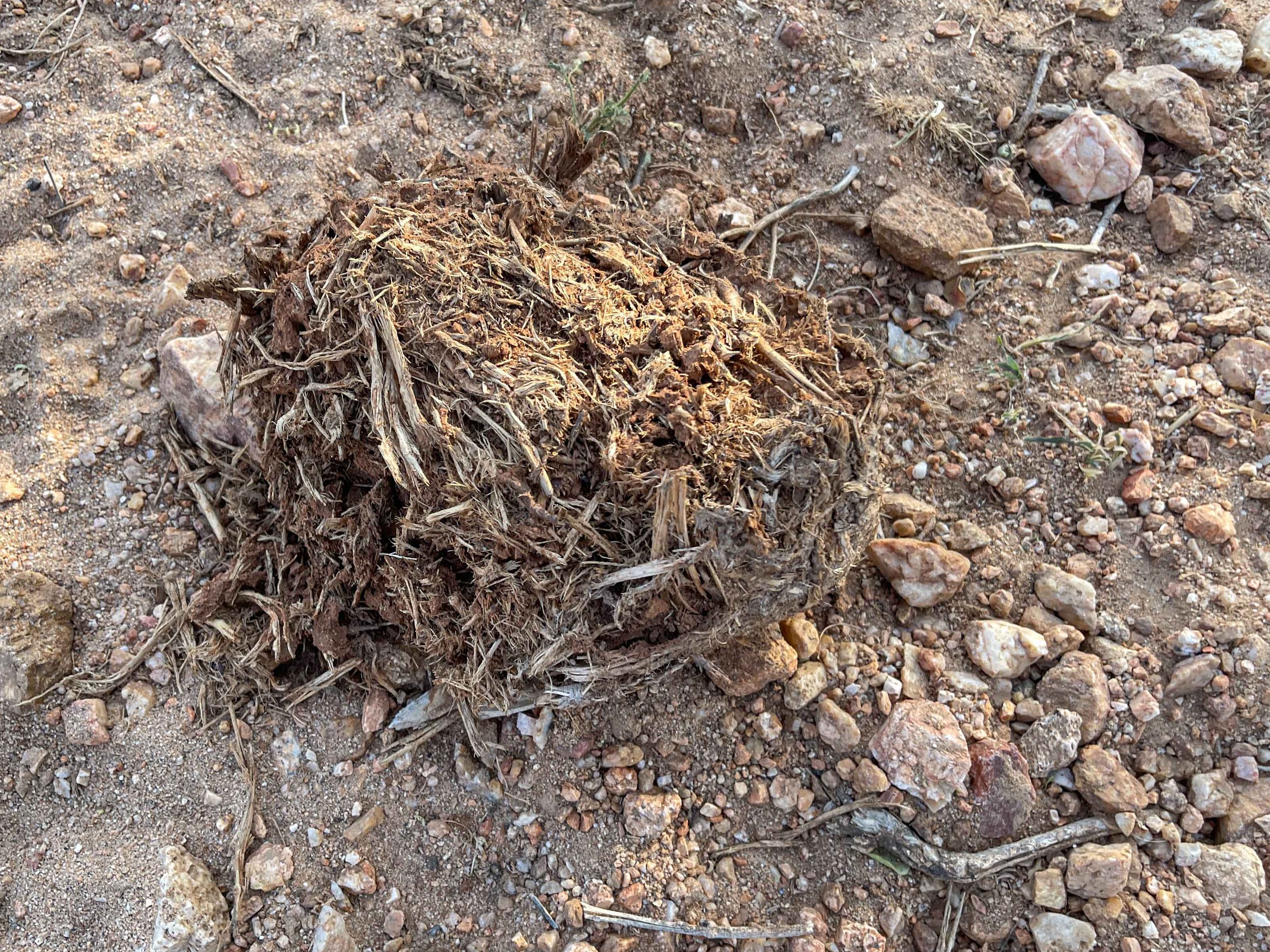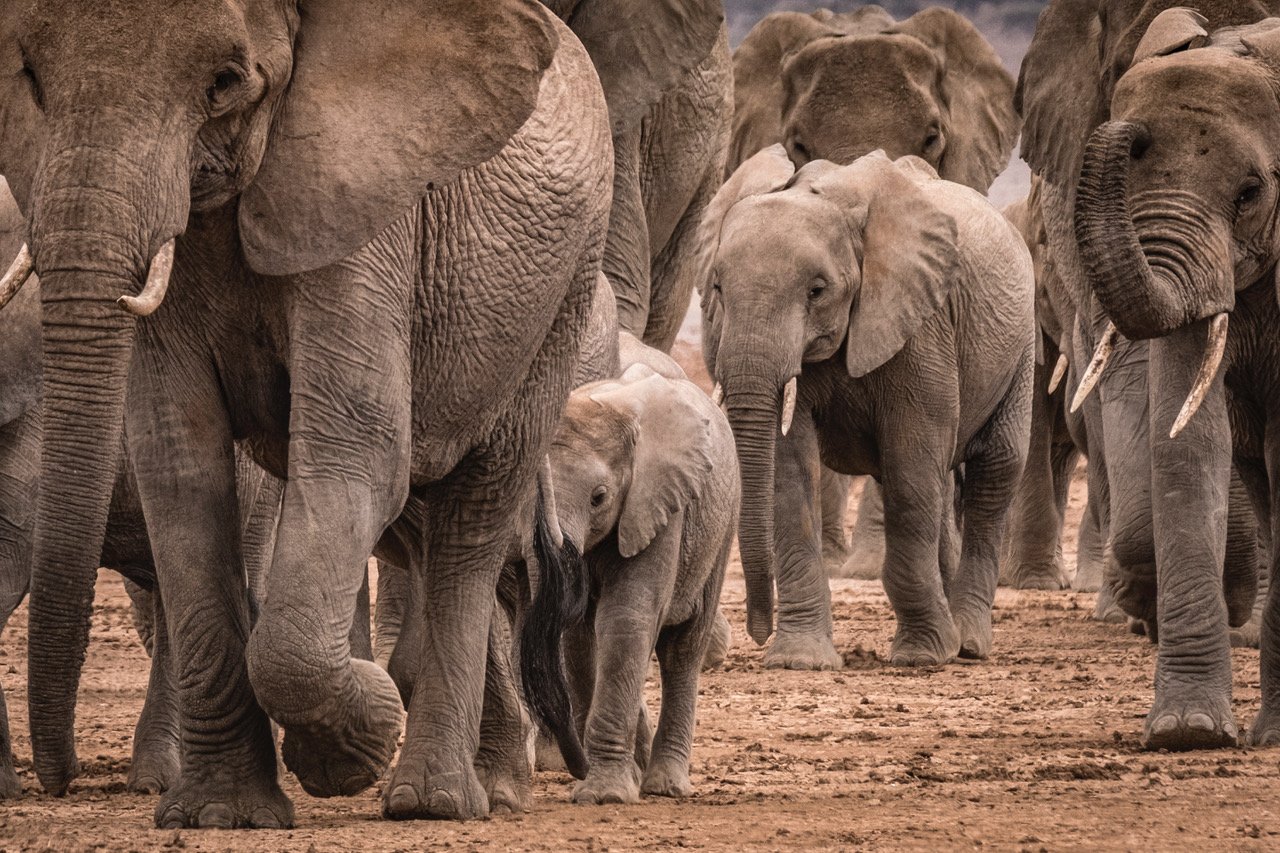Survival Shit
In nature there is no such thing as waste. In nature nothing is wasted; everything is recycled. — David Suzuki
“It’s so dry here the small animals and birds depend on the elephants for their food.” In a recent conversation Dr. Winnie Kiiru described how elephant dung is helping to keep smaller animals alive during the unrelenting drought in Northern and Southern Kenya.
My friend and Samburu guide, Peter Lentinina, showed us how the large balls of elephant dung are a treasured resource in the ecosystem. The manure is rich in seeds, nutrients, and moisture. Tiny dik-diks, the smallest antelope in Africa, can survive on what passes through the elephants’ digestive system. There is even enough water to sustain them in the damp elephant droppings.
The dik-dik is the smallest African antelope
It takes a lot to feed an elephant, about 150 to 200 kgs of leaves, grasses, twigs and bark. As the largest mammal on earth their appetite is prodigious, and so is the amount of manure they produce – up to 100 kgs a day! Despite the vast amount of food they eat, elephants only digest about 45% of what they consume. Tough branches and thorny acacias are softened in their digestive system. Their nutritious manure provides food for other animals and insects.
Ghost, a bull elephant from the Sarara Valley chews on a tough branch during the drought in Northern Kenya.
Elephant dung is also home for many creatures. As eco-system engineers elephants manage the availability of resources for insects like beetles, scorpions, crickets, termites and millipeds. Dung beetles lay their eggs in balls of elephant manure and then bury the nursery in the ground.
Dung Beetle rolling away a piece of elephant dung to lay its eggs in.
Honey badgers, mongooses, hornbills and francolins love to scratch through the dung balls to snack on the critters who have chosen to set up house in a ball of elephant poop.
This hornbill loves to dig around in elephant dung searching for insects.
The smaller animals scratch the dung balls apart searching for food while simultaneously spreading undigested seeds on the ground to wait for the rains. Even humans can use elephant dung. Burning elephant dung is an effective mosquito repellent, although I confess, I have never tried it.
In nature everything is connected. Elephants not only take care of each other, they take care of entire ecosytems. If the elephants don’t outlast this drought neither will the animals who depend on them for survival. There are signs of the spring rains returning to East Africa. It can’t come soon enough.
Join me next January for a small group safari to experience the biodiversity of Kenya. Contact me for trip costs and travel details.
About your guide: Kathy Karn is an international award-winning wildlife photographer and visual storyteller who fell in love with Africa on her first visit in 2010. She loves to introduce others to the wonders of Africa and the need for preservation of wildlife. Subscribe to Heartfelt Stories to learn more about what awaits you on safari.
In traveling to a truly foreign place, we inevitably travel to moods and states of mind and hidden inwards passages that we’d otherwise seldom have cause to visit. Pico Iyer









